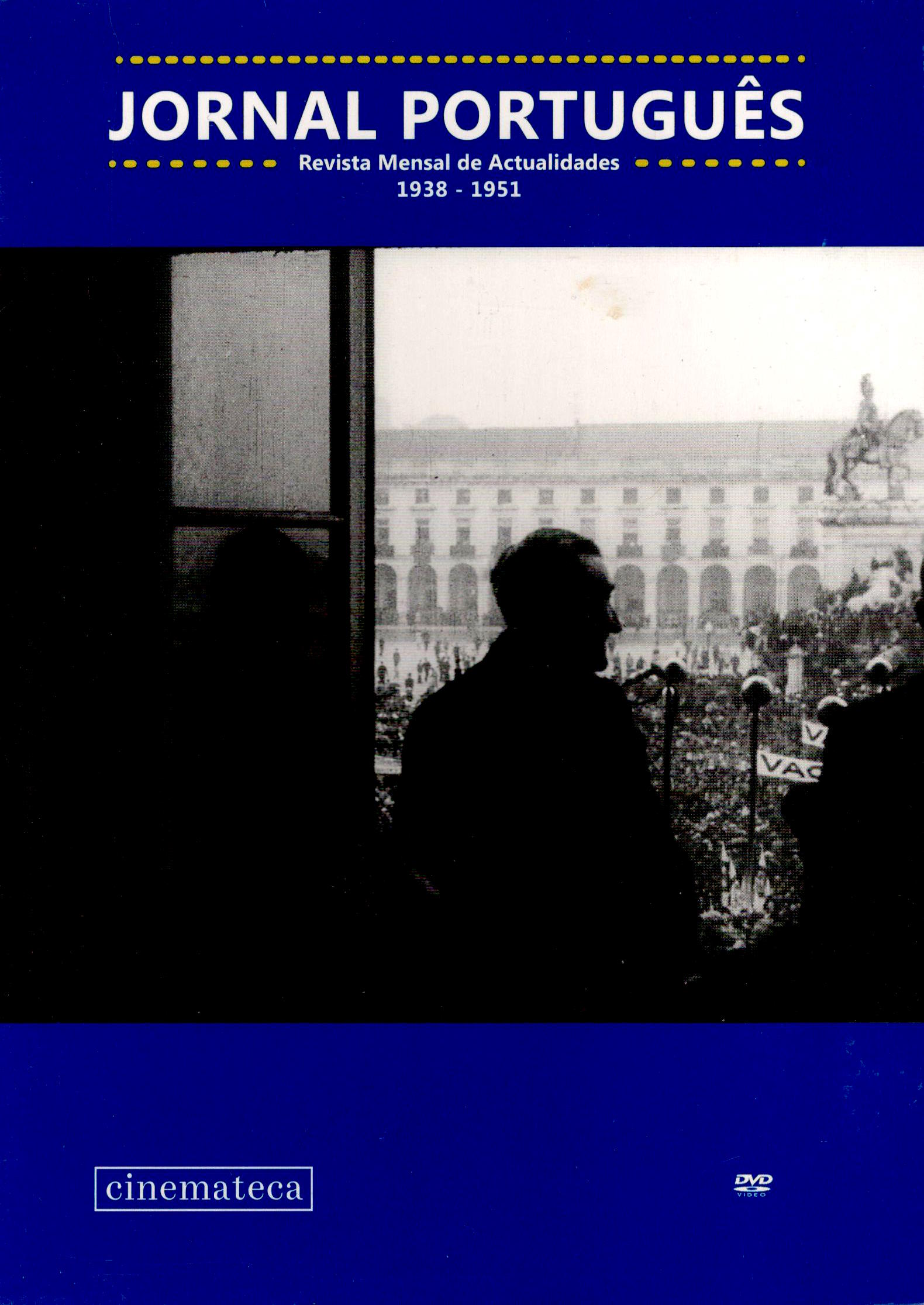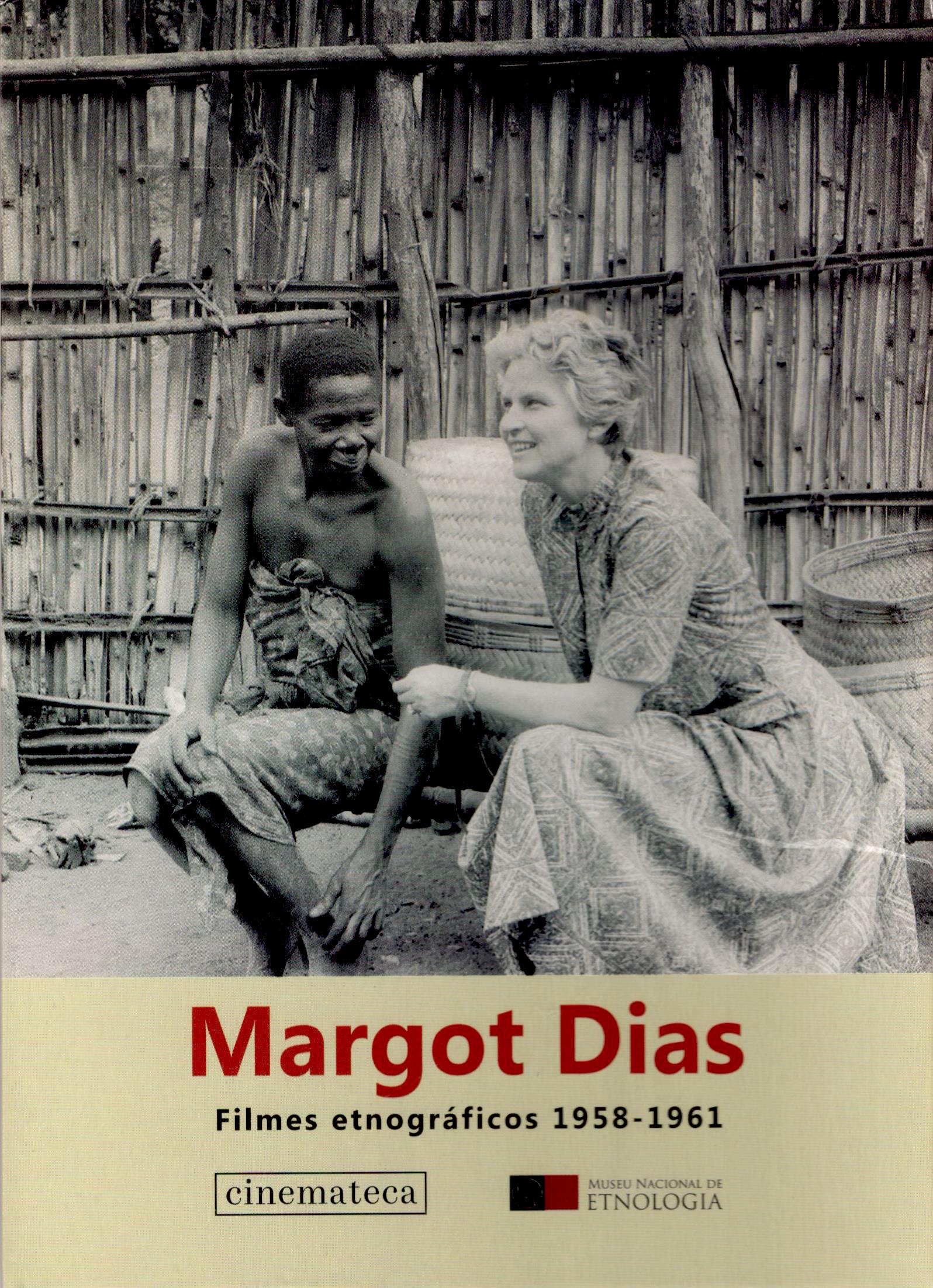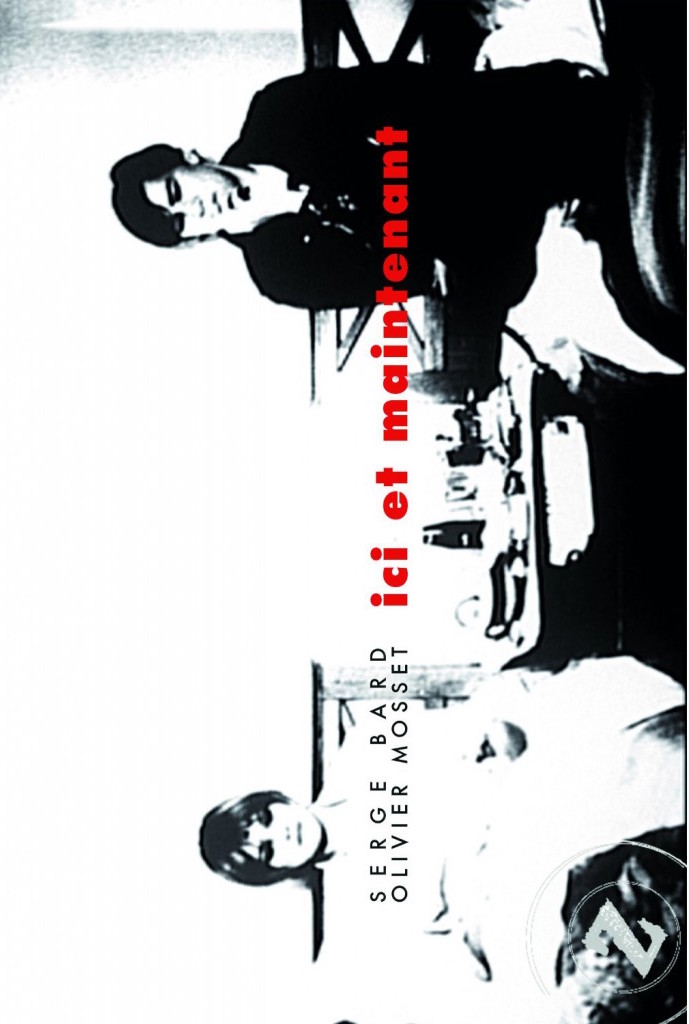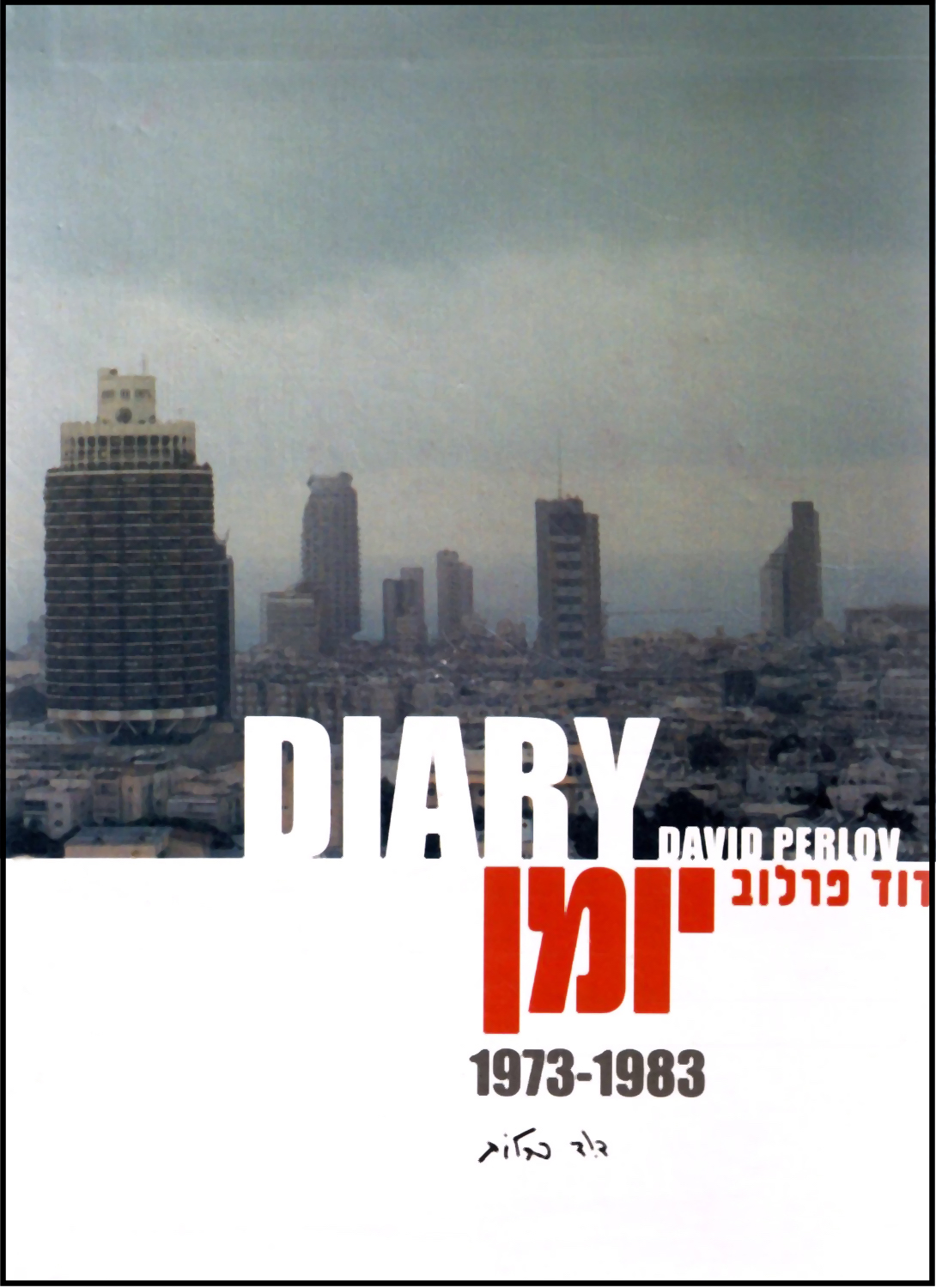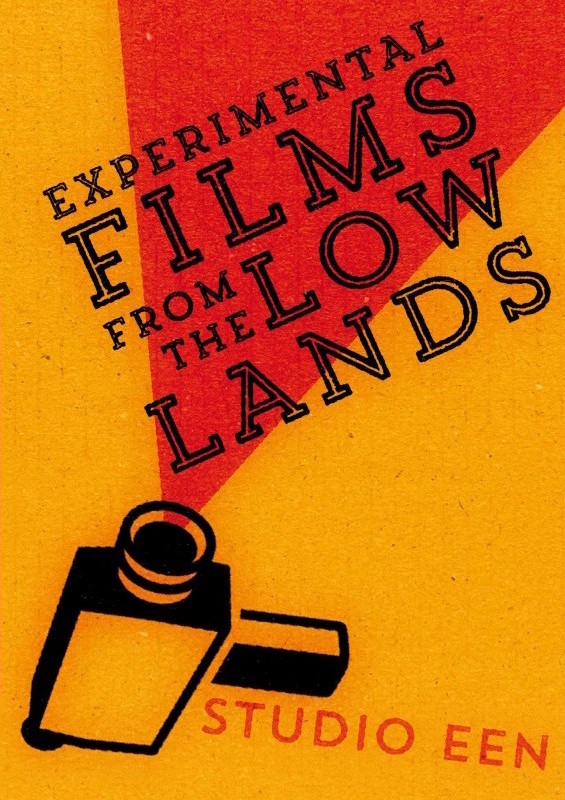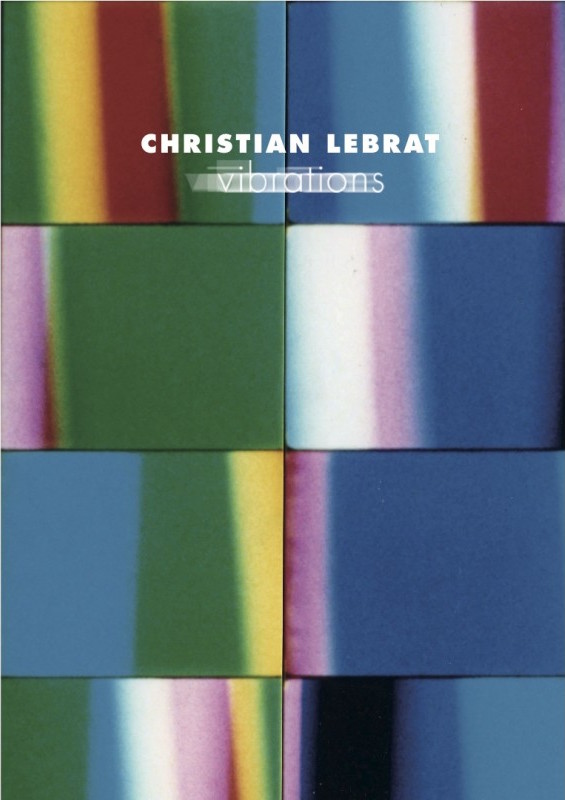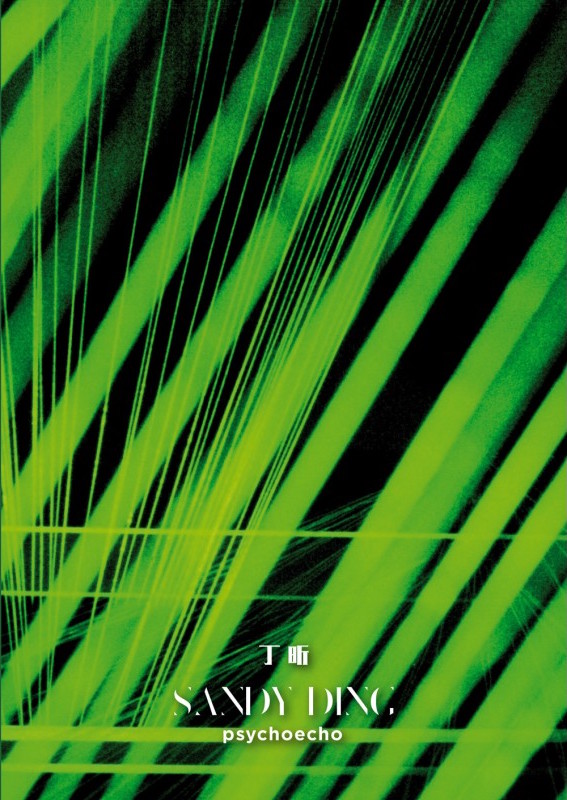GME DVD Distribution – Spring 2017 Recap
/With the spring academic season now coming to a close, Gartenberg Media Enterprises is pleased to present a new slate of DVD and Blu-ray publications for distribution to the North American academic community. These digital editions have been selected from film archives and boutique publishers worldwide, and represent the entire breadth and depth of moving image history. This current slate of moving image works has extended from BEHIND THE DOOR (1919), producer Thomas H. Ince’s World War I era drama of patriotism and revenge, through to the latest experimental “psychoactive” films of Chinese artist Sandy Ding (DREAM ENCLOSURE, 2011-2014).
◊
Legendary producer Thomas H. Ince and director Irvin V. Willat made this—“the most outspoken of all the vengeance films” according to film historian Kevin Brownlow—during the period of World War I-inspired American patriotism.
Hobart Bosworth stars as Oscar Krug, a working-class American, who is persecuted for his German ancestry after war is declared. Driven by patriotism, Krug enlists and goes to sea. However, tragedy strikes when his wife (Jane Novak) sneaks aboard his ship and is captured following a German U-boat attack. Krug’s single-minded quest for vengeance against the sadistic German submarine commander (played with villainous fervor by Wallace Beery) leads to the film’s shocking and brutal climax.
This newly restored edition, produced by Flicker Alley, represents the most complete version of the film available since 1919, thanks to the collaboration of the San Francisco Silent Film Festival, the Library of Congress, and Gosfilmofond of Russia.
◊
In order to enrich the selection of Film History & Documentaries, GME is especially proud to offer a new DVD line recently launched by the Cinemateca Portuguesa, JORNAL PORTUGUÊS and MARGOT DIAS: ETHNOGRAPHIC FILMS 1958-1961.
The newsreel series JORNAL PORTUGUÊS (1938-1951) was conceived and employed as part of the propaganda machinery of Salazar's regime. Screened in cinema theatres prior to the main feature film, each issue of JORNAL ran approximately ten minutes in length and covered a variety of official government acts, national political news, major sports events and other assorted social and cultural affairs. JORNAL PORTUGUÊS is not only and indispensable document for the history of Estado Novo's propaganda, but also an unparalleled audiovisual archive of 1940s Portugal. Moreover, for students of the documentary, this comprehensive catalogue of each issue of JORNAL PORTUGUÊS provides a fascinating contrast with the American newsreel series THE MARCH OF TIME (1935-1951). The differing national attitudes about the impending World War, its duration, and aftermath are especially notworthy in this regard.
Between 1958 and 1961, the anthropologist Margot Dias (1908-2001) shot 28 films in Mozambique and Angola, which belong to the Film Archive of the National Museum of Ethnology (Museu Nacional de Etnologia). These films were made within the "study Missions on the Ethnic Minorities of the Portuguese Overseas Territories" headed by Jorge Dias and represent one of the first uses of ethnographic film within Portuguese anthropological studies.
This DVD edition entitled MARGOT DIAS: ETHNOGRAPHIC FILMS 1958-1961 includes all the films shot within those fieldwork campaigns and a soundtrack composed from Margot Dias's own field recordings. The identification and thematic organization of the films, as well as the soundtrack is the work of Catarina Alves Costa. Also included, as a bonus feature, is a previously unreleased interview with Margot Dias, held in 1996 by Joaquim Pais de Brito, former director of the National Museum of Ethnology.
◊
GME’s offerings of Experimental Narratives from the 1960’s are especially strong. In this vein, we now offer two new DVD editions (published by Re:Voir): UNDERGROUND NEW YORK and ICI ET MAINTENANT (HERE AND NOW). UNDERGROUND NEW YORK provides a rare behind-the-scenes view of the exploding New York “underground” in the late sixties, a turbulent time and place that was to change American culture forever, and ICI ET MAINTENANT (HERE AND NOW) takes a more dreamlike approach in depicting the adventures of a post May ’68 Parisian wanderer.
In UNDERGROUND NEW YORK, a German TV crew, led by journalist Gideon Bachmann, explores the epicenter of the sixties revolution in art, music, poetry and film and interviews the main players in the New American Cinema movement that was born on the streets of New York. Against a backdrop of cultural upheaval in all of the arts and growing political agitation against the Vietnam War, Bachman interviews the most prominent figures in underground film, including Jonas Mekas, Shirley Clarke, the Kuchar Brothers and Bruce Connor, and visits the most notorious location in the New York art world of the era - Andy Warhol’s Factory - to conduct an interview with the genius of Pop Art himself.
In 1968, Serge Bard made three films in a row. They were DETRUISEZ-VOUS (DESTROY YOURSELF), FUN AND GAMES FOR EVERYONE and finally, ICI ET MAINTENANT (HERE AND NOW). It was photographed in striking black and white by cinematographer Henri Alekan (who also shot Cocteau’s LA BELLE ET LA BÊTE). In the laboratory, the director and cinematographer had the film flashed so as to create a high-contrast, grainy, abstract and luminous image when projected onscreen.
Shot primarily in long takes on the Pointe du Raz in Brittany, ICI ET MAINTENANT (HERE AND NOW) according to fellow filmmaker Patrick Deval, “consists of the dreams of the solitary rambler, post-revolution... The moralist has given up on chaos; he takes his own pulse; he listens to the world, perhaps vibrating with it; he is in sympathetic ecstasy. The filmmaker holds his position, stiff as the statue of the commander, on alert for the phenomena which approach him; he resembles the lighthouse whose rectitude Bard captures magnificently, on an ink-dark night, with its hallucinatory lamp set against a background of winds and tides."
◊
The Diary Film was a significant form that has run throughout the history of American independent cinema, and whose major practitioner has been filmmaker Jonas Mekas. GME is therefore pleased to add HE STANDS IN A DESERT COUNTING THE SECONDS OF HIS LIFE to other boxed set editions of Mekas’s other diary films THE MAJOR WORKS and THE SIXITES QUARTET. Shot between 1969 and 1985, the film consists of 124 brief sketches, each half-a-minute to about two minutes long. According to Mekas, these are “Portraits of people I have spent time with, places, seasons of the year, weather (storms, snow, blizzards etc...) many of my film-maker friends- streets and parks of New-York- brief escape in nature, out of town- nothing spectacular, unimportant celebrations of life that has gone, by now, and remains only as a record in these personal, brief sketches."
With David Perlov’s DIARY, GME is proud to expand its international offerings to include Israeli cinema, that we herewith release as a Diary Film complement to the aforementioned works by Jonas Mekas. Perlov had worked in Paris with the great documentarist, Joris Ivens, and he brought to Israeli film the personal, experimental tradition of the documentary cinema.
According to Uri Kelin, "At the center of Perlov’s work is the gaze:…the gaze through the window of Perlov’s house, which gave rise to his most important work, and the most important film in the history of Israeli cinema, DIARY; his gaze at the surroundings close to his home in Tel Aviv, and his recurring gaze at Paris, where he spent a few years in the 1950s, and at Sao Paolo, the city in which he grew up, in his native land, Brazil. This was the genesis of the six chapters of DIARY, each an hour long, which were filmed in the course of the decade that followed.
Over the years, through the totality of his work, David Perlov’s gaze became our gaze; and this place, this house, where he made his films, became our house, the house to which we return anew whenever we watch DIARY. He was able to transform the biography of the self into the biography of the other, and to transmute his self-portrait into the portrait of the viewer. His cinema, then, is the identity card of us all."
◊
GME is also pleased to present for the first time, experimental filmmaking work from China (Sandy Ding) and the Netherlands (Studio één).
Sandy Ding is an experimental filmmaker who lives and works in Beijing, China. He graduated from CalArts in 2007 and started teaching in China Central Academy of Fine Arts in 2008. This DVD edition entitled PSYCHOECHO brings together (including the bonus tracks), 7 moving image works that the filmmaker created in the United States, and later China, as well as an original “noise music” piece. This DVD is accompanied by a booklet that provides extensive insight into the artist’s concept of pyscho-active films.
As a modern proponent of the postwar American "trance film" he produced psycho-active films with the idea of combining ritual processes in both projection and sound. His work is centered on energy patterns, telling mysteries through abstractions or powerful symbolic elements. He is equally interested in live performance of theater projections, installations and live noise music in order to enlarge the concept of experimental film.
The DVD publication entitled STUDIO EEN: EXPERIMENTAL FILMS FROM THE LOWLANDS includes works of various Dutch artists who had a main role in the early years of Studio één, from 1992 to 1996. The accompanying booklet contains a statement by each of the filmmakers.
At the end of the 1980s, many artistic, avant-garde, underground and counterculture movements seemed to be over. The rise of video and its academic use began to compete with Super8. To work against the decline of the Super 8 format and techniques, Karel Doing and two of his friends (Saskia Fransen and Djana Mileta) from the art school in Arnhem, started to think about creating a new space and promoting the invention of DIY techniques for filming and processing Super8 films.
In this particular context, Studio één was launched. They bought optical printers from a professional laboratory that was set to shut down and started to learn by themselves, out of necessity, how to process film. It wasn't long before Studio één became well-known in DIY film circles and began to host various artists who come to meet each other, not only to exchange ideas and work together on the use of Super8 or 16mm, but also to experiment with diverse narrative and sound forms. Some members, Joost Rekveld for example, chose to pursue a career as a musician as well as a filmmaker. After 7 years in Arnhem, Studio één moved to Rotterdam where it continued to thrive. It became a model for many artists in creating their own laboratories, research centers and studios dedicated to experimental cinema.
GME also continues with the release of films by key experimental artists from France. Christian Lebrat, born in 1952 in Paris, is an internationally acclaimed artist with a career spanning four decades. He is a filmmaker, video artist, performance artist and photographer, as well as a publisher, curator and writer. In 1985 he founded Paris Expérimental, a publishing company entirely devoted to publishing theoretical and historical texts on avant-garde and experimental cinema.
This DVD edition entitled VIBRATIONS, brings together 9 key moving image works created by the filmmaker over a ten-year period (1976-1985). Each film focus on an aspect of his experimentation with the use of color in cinema. The publication is accompanied by a 39-page booklet that includes an artist’s statement; an interview with the filmmaker by Vincent Deville & Émeric de Lastens, in which Lebrat provides detailed explanations about his strategy in creating each film; and a filmography.
According to the filmmaker, “My interest in color perhaps started with an exhibition that I saw. I had always been very interested in painting. One of the greatest emotions I’ve ever felt was in 1972, when I saw the Mark Rothko retrospective at the Grand Palais. That day – I still remember – I spent two hours in a single room of the exhibition, where there were four immense paintings that overwhelmed me with color; I was completely dumbstruck – transformed, even – by the contact I had with these works. It was then that I discovered the power of color.”



